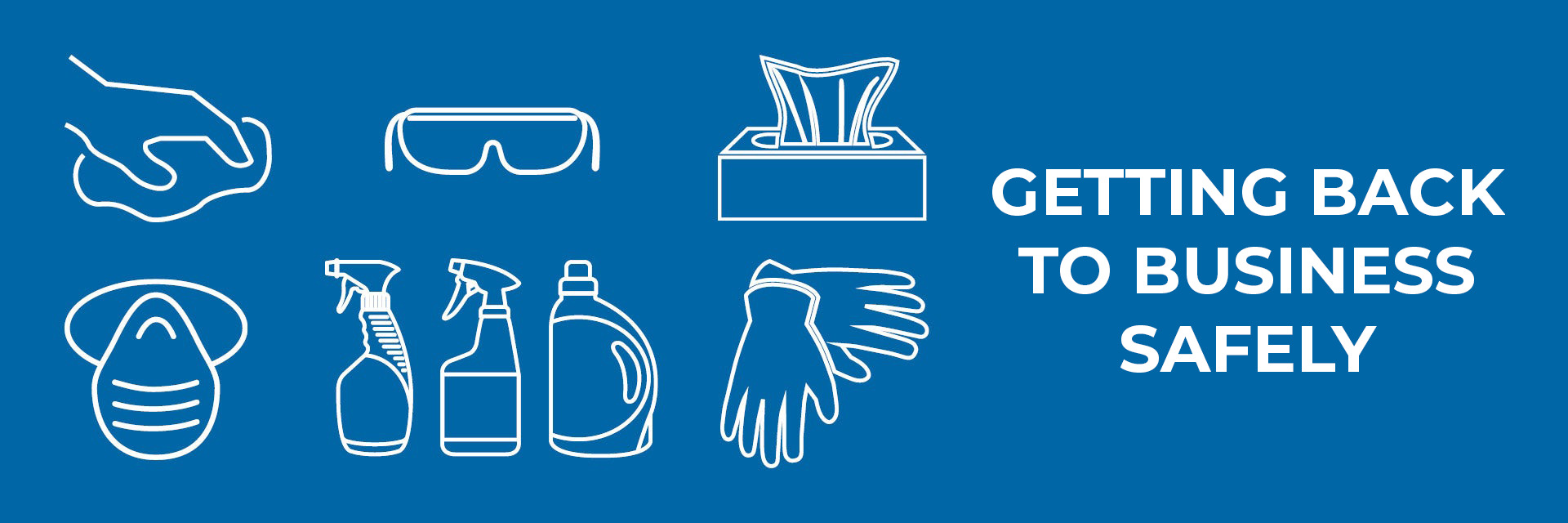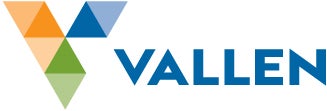What's New
Getting Back to Business Safely

As COVID-19 cases start to decline in some areas, provincial and local governments are starting to unveil their plans to re-open industries and economic sectors. And every business and employee is thinking about returning to work safely. But the truth is, the “new normal” will require thoughtful planning when it comes to safety and compliance — and that means we all need to work together to create the safest possible workplace.
Part of that means creating protocols to help mitigate viral transfer. And according to Dwayne Lerner, Vallen Canada’s Health, Safety, and Environment Manager, one of the more useful safety frameworks to use is the Hierarchy of Controls. “It’s the foundation that is followed Vallen Canada (and throughout the world) to control hazards,” says Lerner. This framework lists ways to mitigate any hazard, ranking them in order of effectiveness, which makes it an excellent method of finding workable safety solutions for any organization.

Elimination
Elimination is the first control, Lerner says, and offers the highest level of safety. Elimination involves physically removing the hazard from the workplace, the most extreme end of social distancing.
“How did Vallen eliminate the hazard of exposing our staff to outside pathogens? Although we are considered an essential service, we still closed our branches to the public,” explains Lerner.
Work-from-home policies, holding virtual meetings, limiting customers in the workplace, are all examples of Elimination controls, and need to be communicated ahead of time.
Substitution
“When using substitution, you want to replace the hazard,” says Lerner. “Although Substitution is traditionally a part of the Hierarchy of Controls, this is obviously not possible for COVID-19!”
An instance of substitution is going green. “For example, can we replace a caustic chemical with a more environmentally-friendly and safer product and get the same result?” he suggests.
Engineering Controls
Implementing engineering controls involves isolating people from a hazard or placing a physical barrier between them.
“It’s a permanent solution,” Lerner explains. “For example, to protect employees from COVID-19, we installed plexiglass at our counters to reduce the risk of airborne spores from closer customer interactions.”
And according to him, delineators, fences, pylons and floor decals also fall under engineering controls as effective ways to physically separate people from the hazard.
Administrative Controls
“This is the training provided to staff and customers on the new procedures your company has implemented,” suggests Lerner. It encompasses all the COVID-19 policies everyone at the workplace will need to follow.
From cleaning and disinfection procedures that involve Health Canada-approved solutions, to hand hygiene protocols, to social distancing mandates, Lerner explains that administrative controls can be communicated through documents as well as posters and other signage.
“Protocols like cleaning procedures in our vehicles, or the safety procedures our customer service representatives follow after a customer leaves the branch, requires everyone’s participation.”
Personal Protective Equipment
The final level of control is PPE and is implemented when a hazard cannot be completely reduced, or when a person has to work in or around the hazard. “When Vallen Canada employees have to go on-site, we wear protective equipment such as gloves, masks, and even face shields, as necessary.”
Like Administrative Controls, PPE requires a high degree of participation and training to be effective. It’s important that businesses educate workers on how to properly wear, remove, dispose of, and clean their PPE.
Ultimately, it is daunting for many business leaders to balance their company’s needs with upholding stringent public health guidelines. But with careful planning, by working with your employees and customers, and by systematically adopting practical procedures using the Hierarchy of Controls, you can forge a path towards getting back to business safely.
